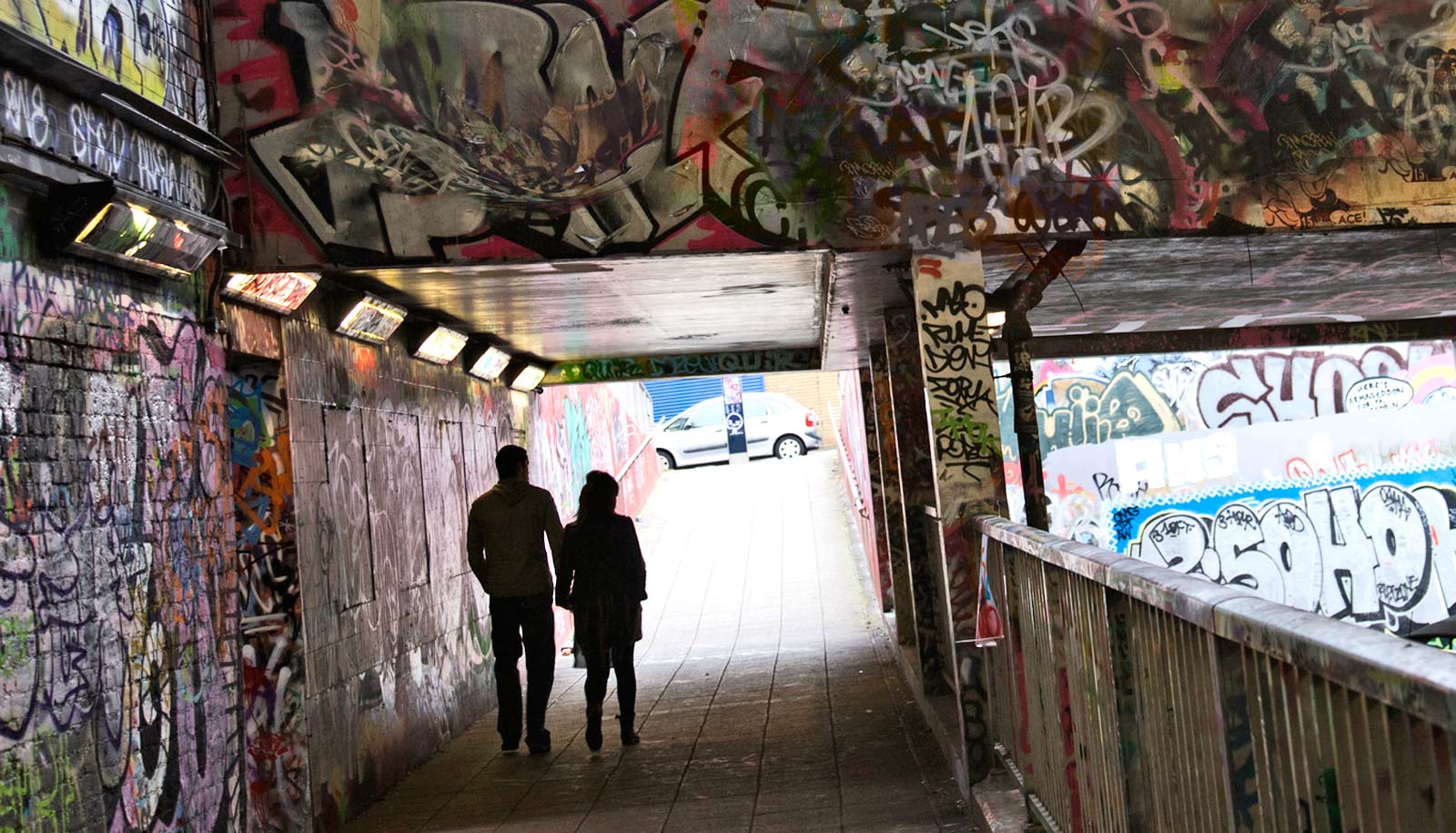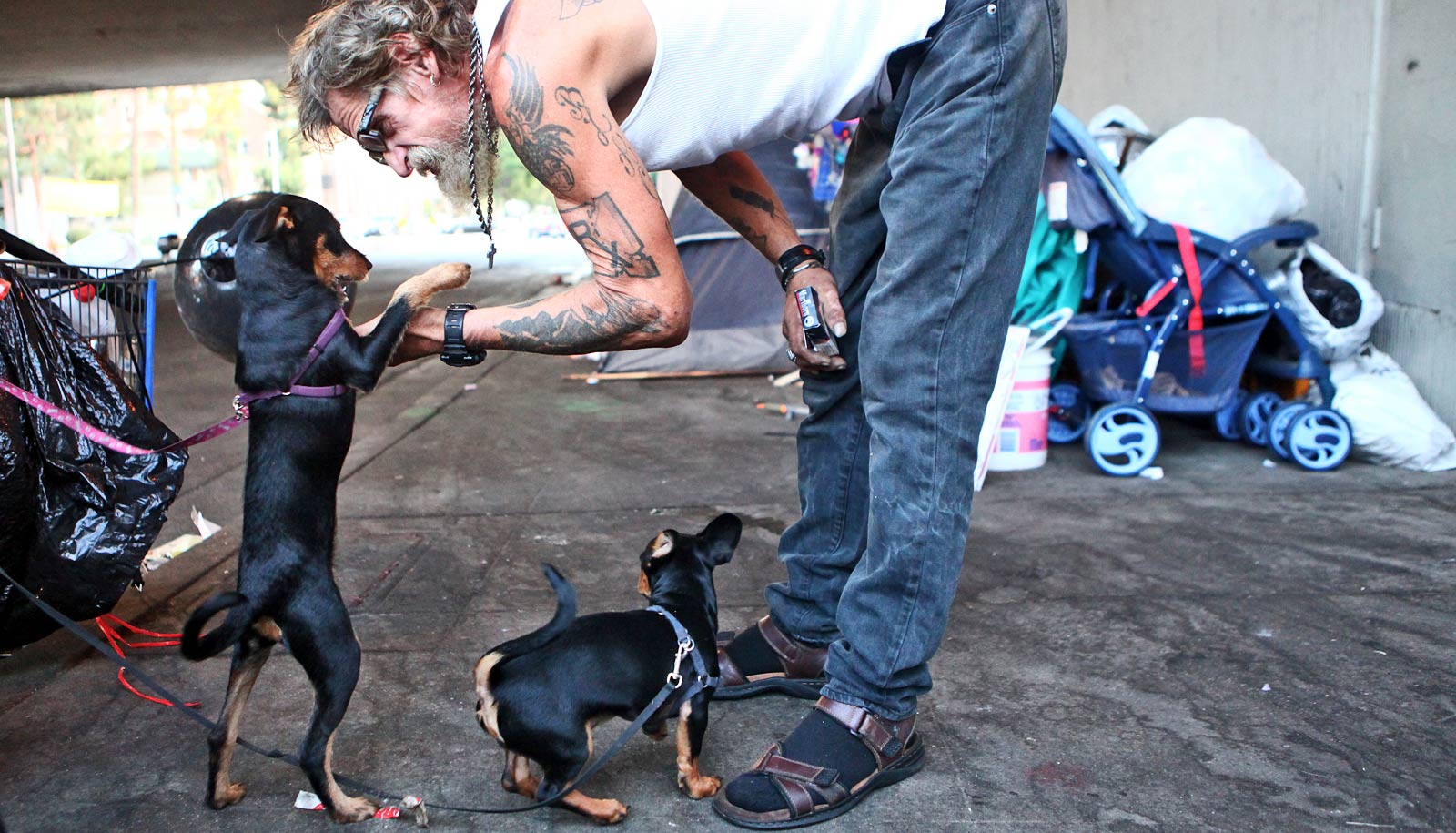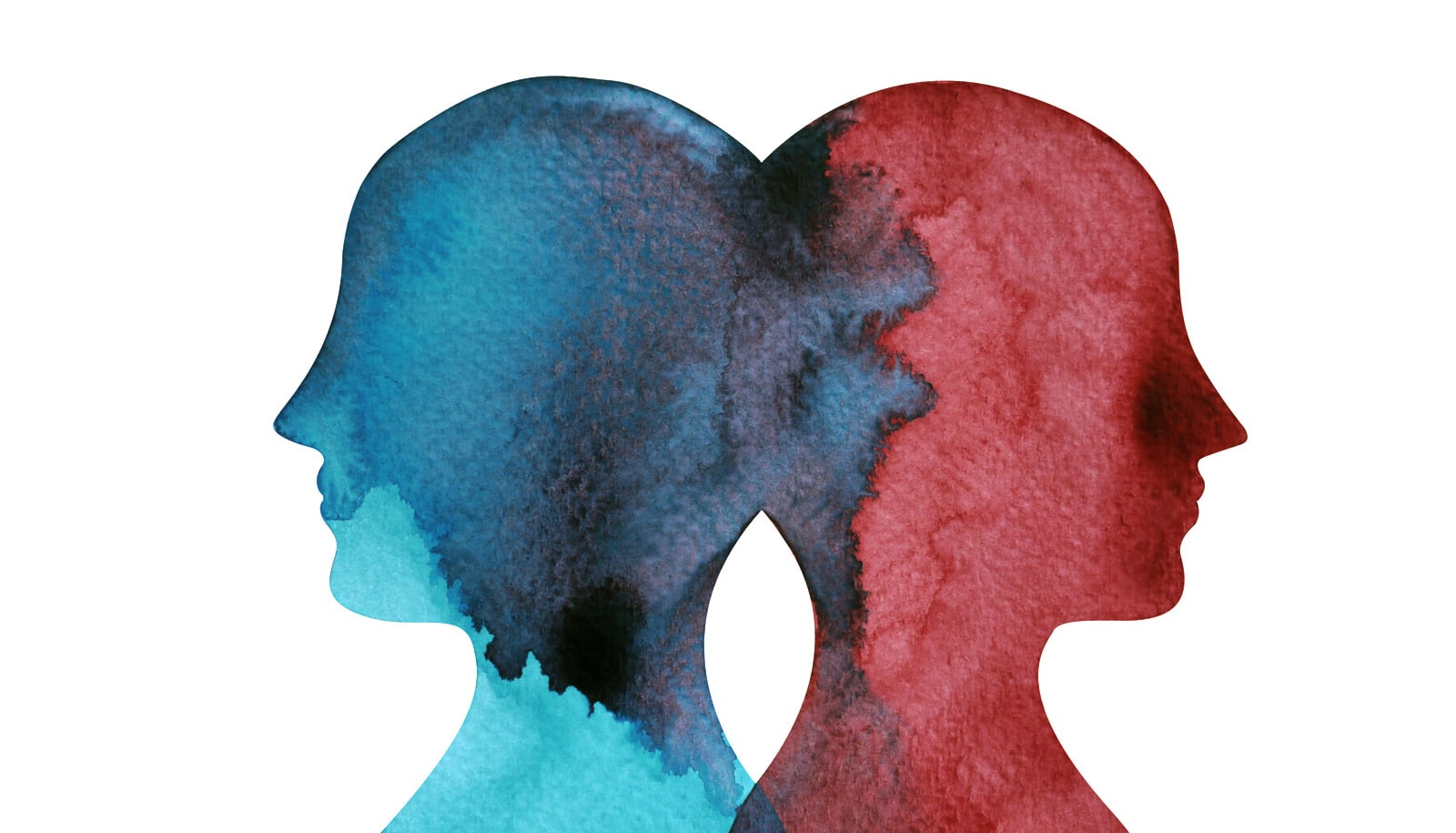More than half of the homeless young people in metro Atlanta, Georgia have experienced human trafficking, research finds.
The report also shows that minority and LGBTQ youth are more likely to be forced into working against their will.
“Our data suggest that, at least among the homeless, they’re more likely to be trafficked for their labor and less frequently for commercial sexual exploitation,” says Eric Wright, the principal investigator of the project and professor of sociology at Georgia State University.
“Only one out of four youth were engaging in sex work of some sort, trafficked, or otherwise. The vast majority of youth trafficking experiences involved a wide range of different kinds of labor trafficking.”
“They tend to be black or African American, more often are LGBTQ youth, and tend to be youth who have been in the juvenile justice or foster care system previously,” Wright says.
Atlanta’s homeless youth
The 2018 Atlanta Youth Count is a follow-up to Wright’s 2015 count of Atlanta’s homeless youth and addresses the prevalence of sex and labor trafficking among homeless youth in Fulton, DeKalb, Clayton, Gwinnett, and Cobb counties.
Human trafficking: “acquisition of people by improper means such as force, fraud, or deception, with the aim of exploiting them” for sexual acts or labor.
Doctoral student Ana LaBoy, project manager for the study, says the study is the first of its kind to quantify youth trafficking in metro Atlanta.
Students from Georgia State’s Sociology Domestic Field School conducted the interviews. “Having students have conversations with other young people yielded better results because they were more open to giving candid answers to relative peers,” LaBoy says.
The report estimated there are 3,372 homeless and runaway youth ages 14-25 in the five-county area—almost identical to the last study, which estimated 3,374. Based on anonymous surveys and interviews of 564 of the youth—conducted from September to November 2018—researchers found 54.1% experienced human trafficking in their lifetime and 36.7% experienced it while homeless.
Georgia has been considered a human trafficking hub since 2005 when the FBI first identified Atlanta as one of the 14 cities with the highest incidence of sexually trafficked children. The National Human Trafficking Hotline 2018 ranked Georgia fourth among states in human labor trafficking. The United Nations defines human trafficking as “acquisition of people by improper means such as force, fraud, or deception, with the aim of exploiting them” for sexual acts or labor.
Who’s most at risk?
Roughly one-third of Atlanta’s homeless youth encountered physical force, while about 40% reported fraud or cited non-physical coercion in work trafficking, compared to nearly 20% who experienced commercial sexual exploitation.
The most vulnerable were transgender youth, with 71% reporting trafficking in their lifetime.
In one common scenario found in the study, young people in vulnerable situations met people who offered them a place to sleep in exchange for doing work around the house, with their driver’s licenses or passports being confiscated as collateral to ensure they couldn’t run away or steal anything.
The researchers also found that youth who experienced childhood trauma—including incarceration of a close family member, mental illness or substance abuse in the home, parental domestic violence, and sexual, physical, or psychological abuse—were at greater risk. Youth with at least three of those risk factors were almost 2.5 times more likely to experience trafficking while homeless.
“There’s a concept of cumulative disadvantage: one trauma often leads to additional trauma and deepens their vulnerability to exploitation,” says Wright.
The lifetime risk also was significantly higher for those involved in the juvenile justice or foster care system; youth who identified themselves as lesbian, gay, or bisexual; and those who had been homeless more than a year, with 61% of those respondents reporting they’d experienced trafficking. The most vulnerable were transgender youth, with 71% reporting trafficking in their lifetime.
Respondents were mostly male (6%) and overwhelmingly black/African American (56%) or multiracial (32). About three quarters of respondents identified as straight while the rest identified as LGBTQ. Nearly 58% of the respondents had been homeless less than 6 months, while roughly a quarter reported being homeless for more than a year.
What fights trafficking?
The report recommended providers and community groups create more trauma-informed care and LGBTQ-sensitive support services, develop a broader understanding of trafficking across genders, and offer more early intervention and housing opportunities to avoid exposing chronically homeless youth to higher trafficking risks.
“Clearly talking about trafficking is critically important, and our report is intended to help the community better understand who is more likely to be trafficked,” Wright says. “Our hope is that our research encourages policymakers and service providers to take concrete steps to reduce the rates of trafficking among homeless youth in the metro Atlanta area and elsewhere around the country.”
Support for the work came from the National Institute of Justice, Office of Justice Programs, US Department of Justice. The opinions, findings and conclusions or recommendations expressed in this publication/program/exhibition are those of the author(s) and do not necessarily reflect those of the Department of Justice.
Source: Georgia State University



